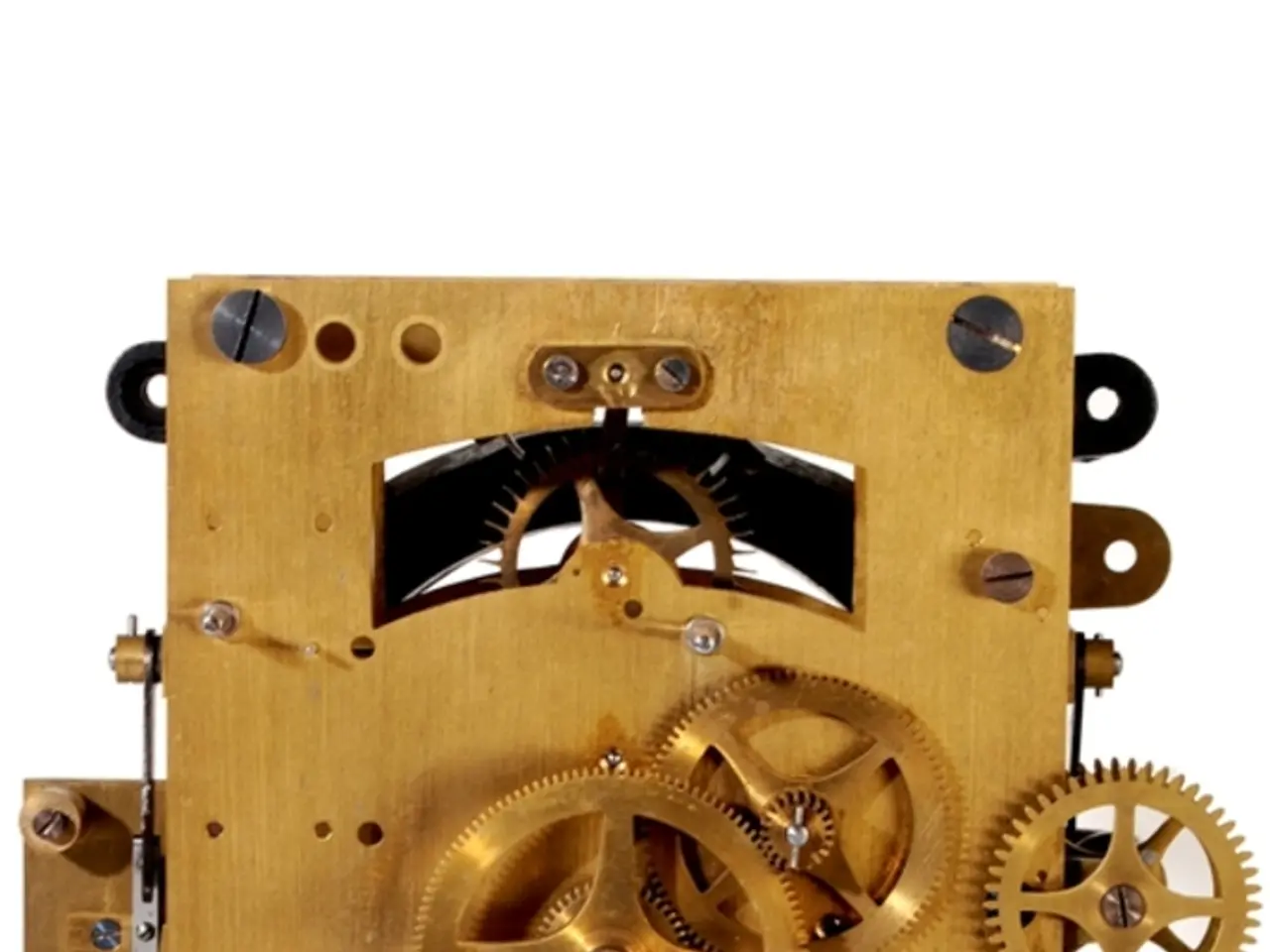Giant Computers of the Past: The Game-Changers That Revolutionized Technology Completely
In the late 1940s and mid-1950s, the world witnessed the birth of the first generation of computers. These early machines, while bulky and energy-intensive, revolutionised the landscape of computing technology.
One of the earliest general-purpose electronic digital computers was the ENIAC, developed in 1945 and 1946. ENIAC's modular structure became a foundation for future computing systems, laying vital groundwork for design intricacies in subsequent systems. The machine, which utilised around 18,000 vacuum tubes, could perform up to 5,000 operations per second, a remarkable feat for its time.
Another significant first-generation computer was the UNIVAC I, completed in 1951. Developed in Philadelphia, Pennsylvania, USA, UNIVAC I was the first commercially available computer, focusing on business applications and data processing. Equipped with around 5,200 vacuum tubes, it could perform approximately 1,000 operations per second. UNIVAC I's approach to business applications marked a pivotal transition from theoretical constructs to practical uses.
First generation computers were large, occupying entire rooms, posing significant space challenges. They also consumed substantial electricity and generated considerable heat. Despite these limitations, they performed calculations at unprecedented speeds for their time.
Programming these early computers relied mainly on machine language, a low-level programming language that directly interacts with the computer's hardware. The limitations in user interaction with these machines fuelled the drive for more accessible programming languages in later generations.
Challenges with reliability and maintenance persisted due to the frequent failure of vacuum tubes. However, the design of UNIVAC I improved reliability compared to earlier models.
First generation computers spanned from the late 1940s to the mid-1950s. Notable first generation computers include the ENIAC, UNIVAC I, and IBM 701. These machines significantly transformed the landscape of computing technology, paving the way for the smaller, more efficient, and user-friendly computers of today.








